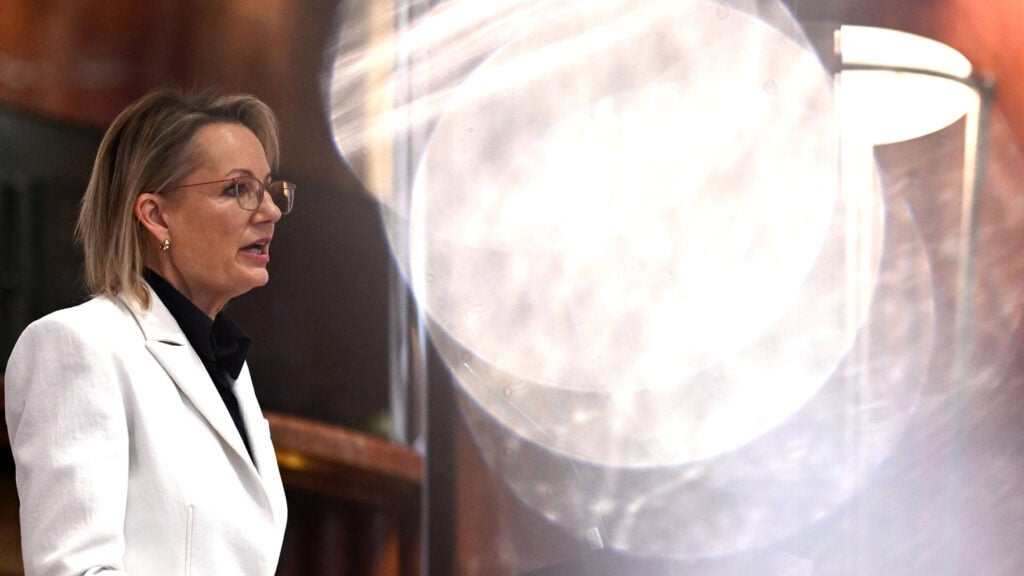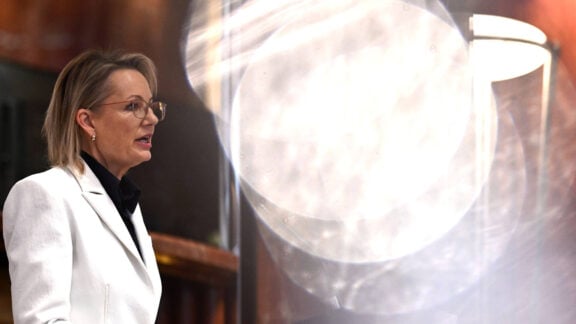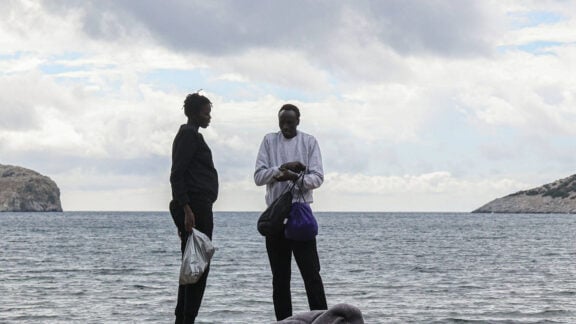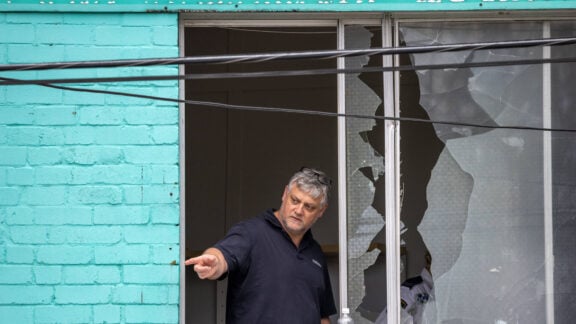Once the natural party of government, Australia’s Liberal Party now finds itself adrift in a turbulent political landscape. A combination of leadership fatigue, ideological drift, and structural inertia has produced a vacuum at the heart of the party – one that neither quick policy fixes nor superficial rebranding can fill.
At a time when the national debate is shifting on issues such as climate, security, cost of living, and institutional trust, the Liberals appear unable to articulate a compelling vision for the country or even for themselves.
An eroding leadership core
The party’s current leadership has struggled to provide either strategic clarity or moral authority.
Instead of setting the agenda, it has too often followed it, reacting to events rather than shaping them.
This reactive posture has not only weakened the party’s ability to oppose effectively but has also fostered a perception of managerial drift – of a party waiting for the political tide to turn in its favour, rather than working to change its course.
Internally, factional rivalries have become more pronounced, sapping energy from policy development and diverting attention to internal manoeuvring.
In this environment, leadership is less about vision and more about balance – an endless act of placating factions rather than inspiring the public.
That may preserve internal stability in the short term, but it erodes public confidence over time.
Ideological drift and policy vacuum
The deeper issue, however, is not merely leadership but purpose.
The Liberal Party has long prided itself on its broad church – a mix of classical liberalism, economic pragmatism, and social conservatism. But this balance has broken down.
The party’s economic message feels dated and technocratic, disconnected from the contemporary concerns of younger and more diverse Australians.
On social issues, it remains caught between an older conservative base and a broader electorate that has moved on.
On climate and energy, the party has oscillated between grudging acceptance and open resistance, leaving it without a credible position in a debate that increasingly defines electoral politics.
The result is a profound ideological ambiguity.
Is the Liberal Party offering a distinct vision for Australia’s future, or is it merely opposing Labor out of habit?
At present, voters see little more than tactical skirmishes, not strategic direction.
The electoral and cultural consequences
This ideological drift is not a theoretical problem. It has electoral consequences.
The collapse of the party’s support in inner metropolitan seats – especially among professional, educated, and younger voters – reflects more than just demographic change.
It is a sign of cultural and ideological alienation. Meanwhile, attempts to consolidate in outer suburbs and regional areas have not fully compensated for these losses.
Equally worrying is the party’s shrinking intellectual ecosystem.
For a political movement that once drew from a vibrant network of think tanks, commentators, and civic leaders, the current Liberal Party seems intellectually insular.
Without renewed ideas, policy debates risk being reduced to recycled talking points.
Towards internal renewal
If the Liberal Party is to avoid becoming a perpetual opposition force, it must address both its leadership shortcomings and its ideological vacuum.
This requires more than simply changing leaders; it demands a cultural and strategic reset.
Internally, the party needs to cultivate a leadership team capable of articulating a clear, modern vision – not merely managing factions.
It must encourage genuine debate, not suppress it.
Policy development should be revitalised, with an emphasis on future-oriented issues such as climate adaptation, economic transition, technological change, and national security in a shifting global order.
Equally, the party must rebuild its intellectual and cultural networks.
That means opening itself up to new voices, particularly younger Australians and communities that have drifted away.
Without this renewal, no amount of electoral tactics will compensate for a lack of purpose.
Conclusion
The Liberal Party’s current malaise is not inevitable, but it is real.
A party that once defined the national conversation now risks being defined by its inability to adapt.
Its challenge is not merely to oppose, but to lead – to offer a vision that resonates across a changing Australia.
That will require courage, honesty, and a willingness to confront uncomfortable truths within its own ranks.
Anything less will consign it to continued political drift.









